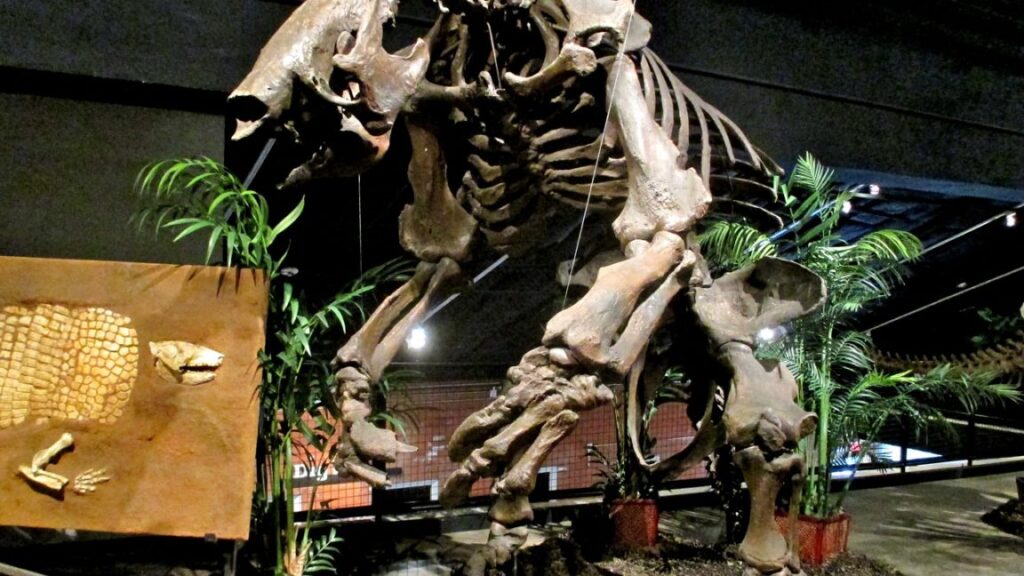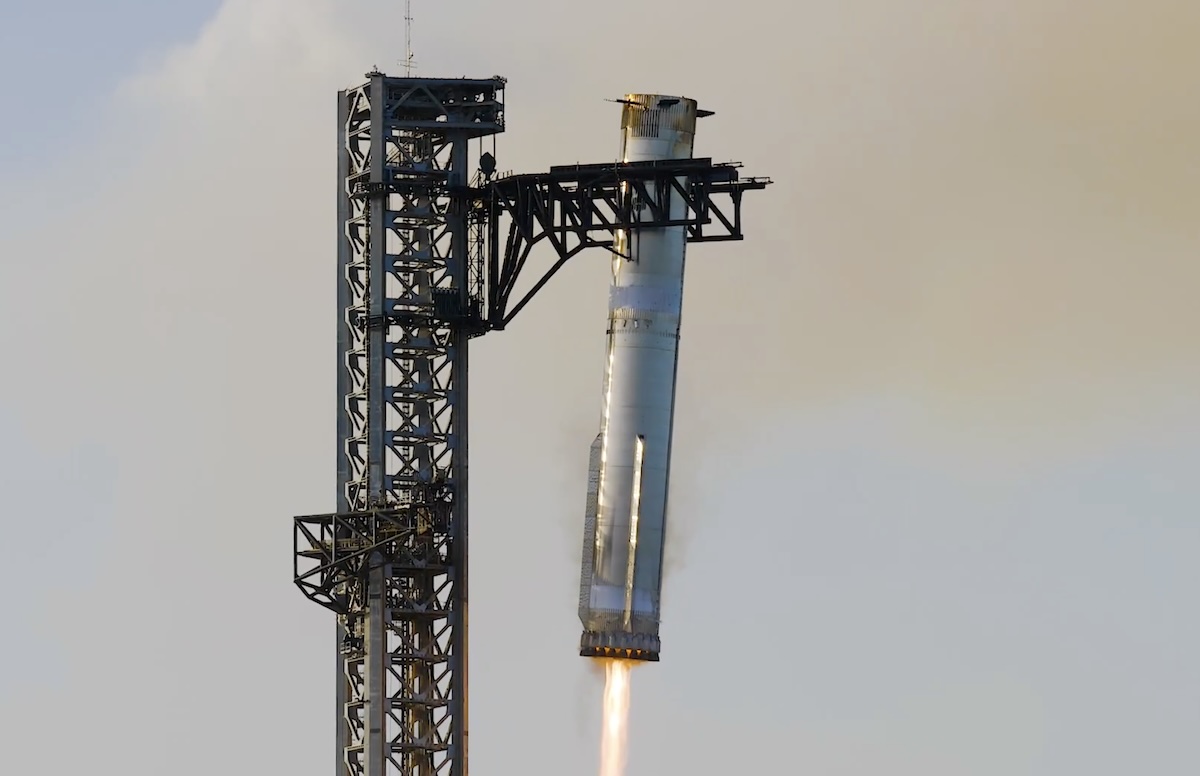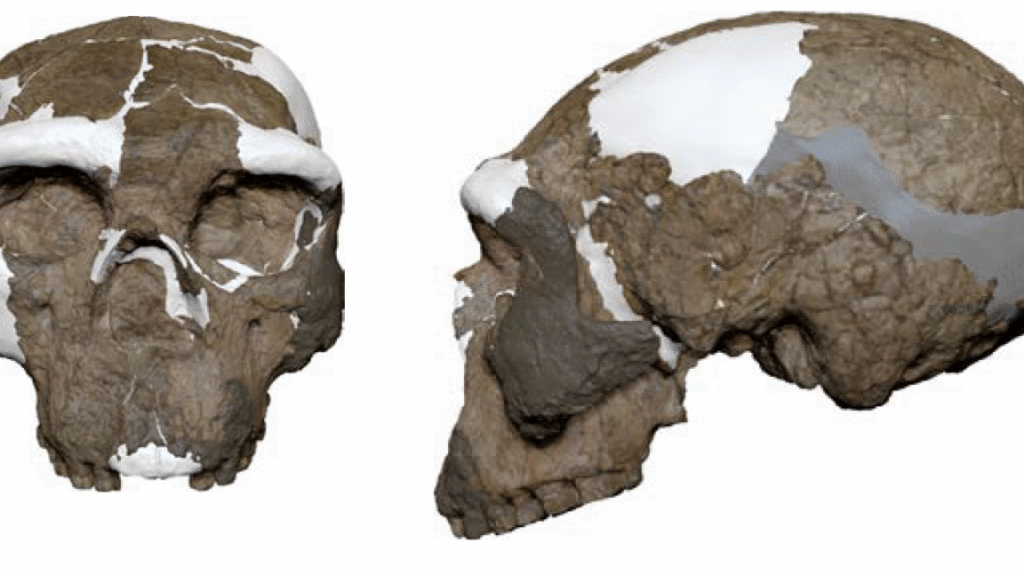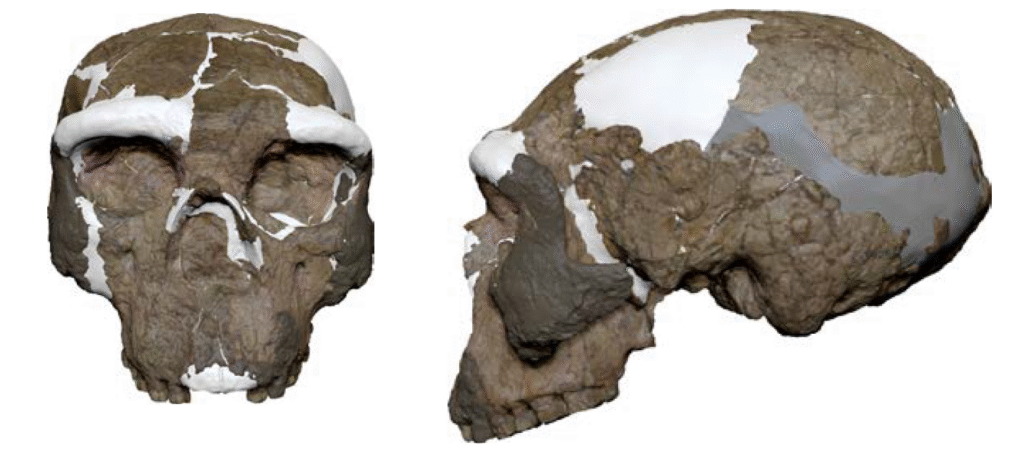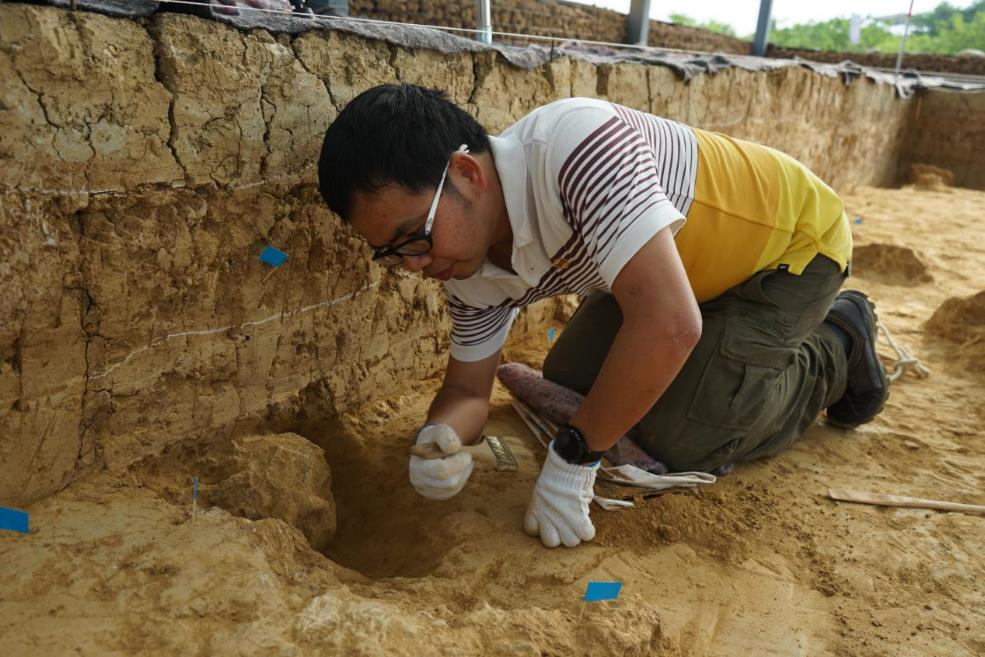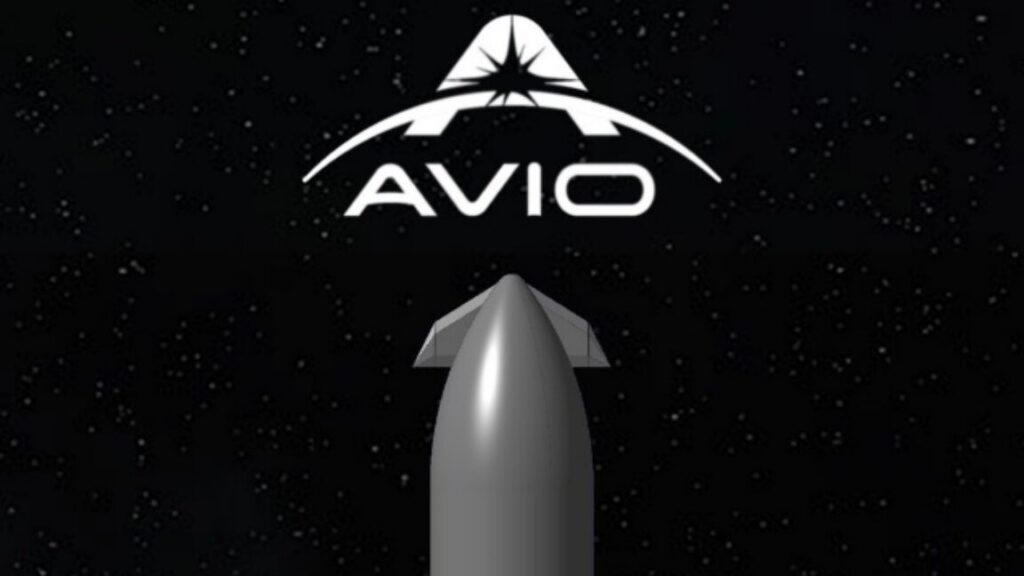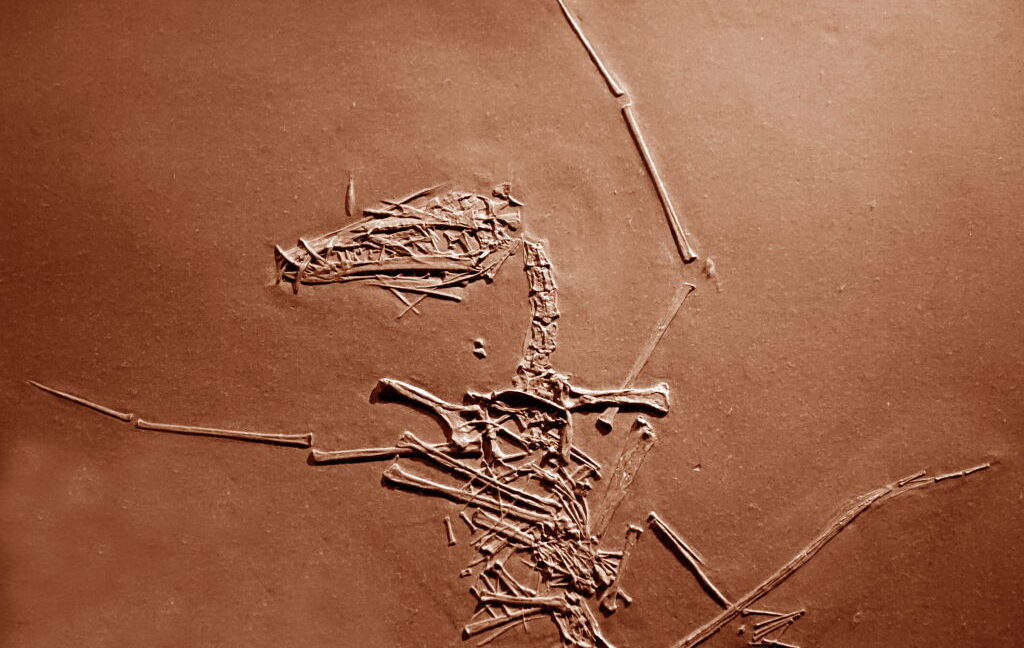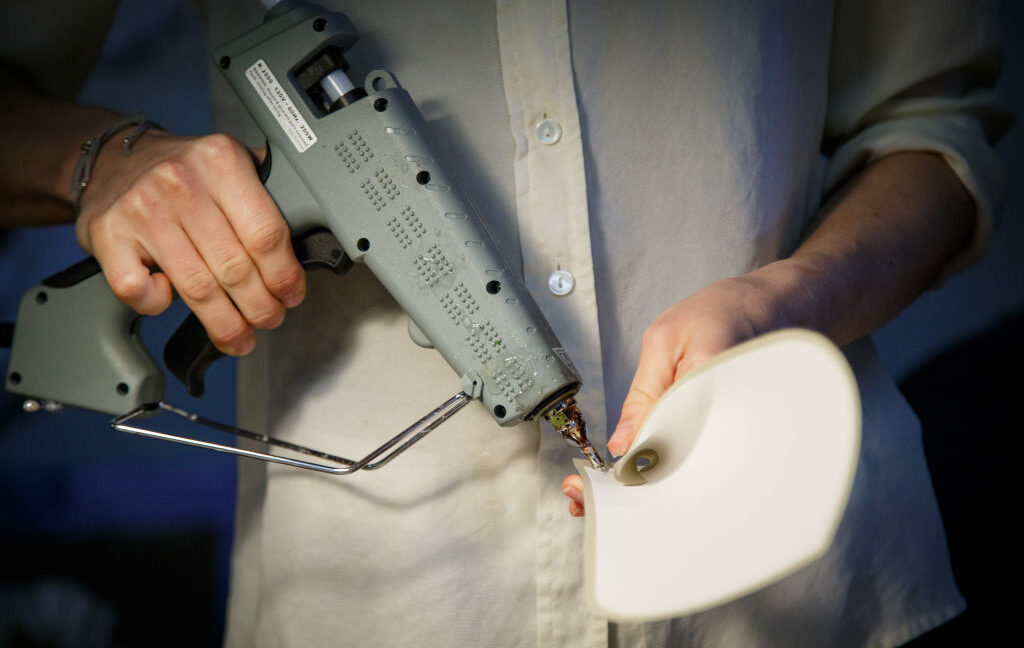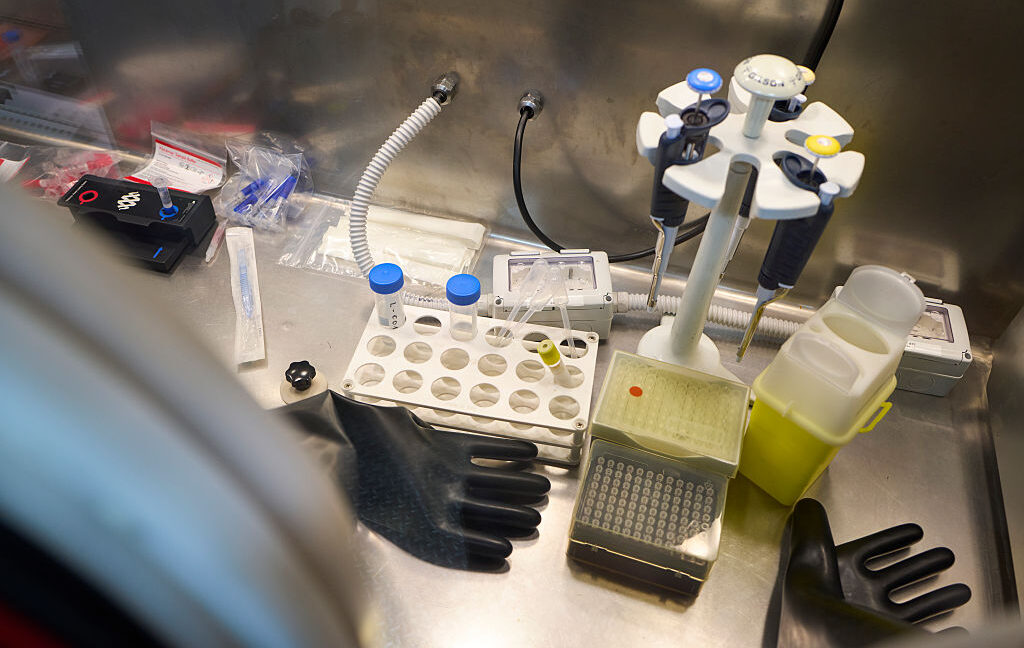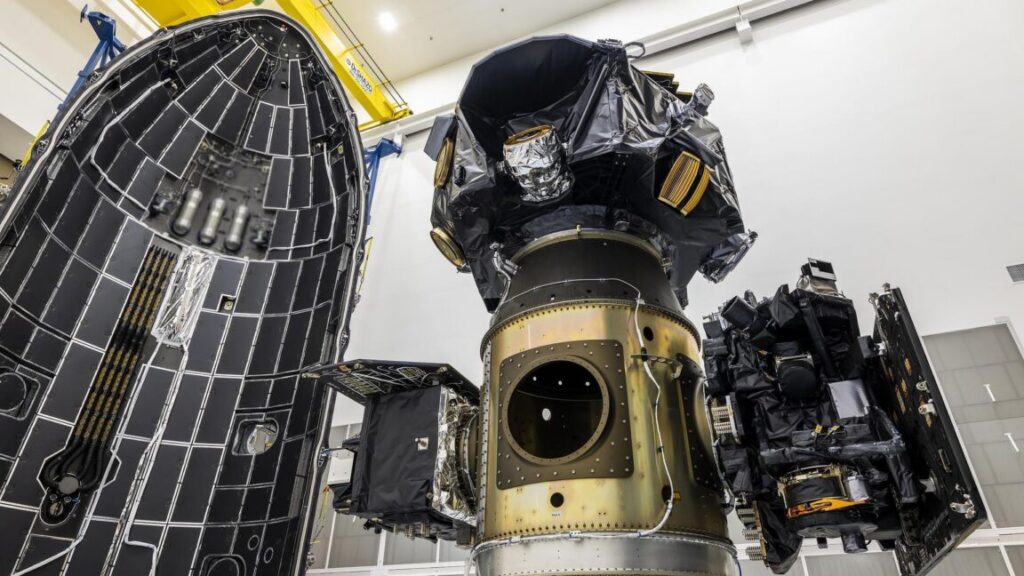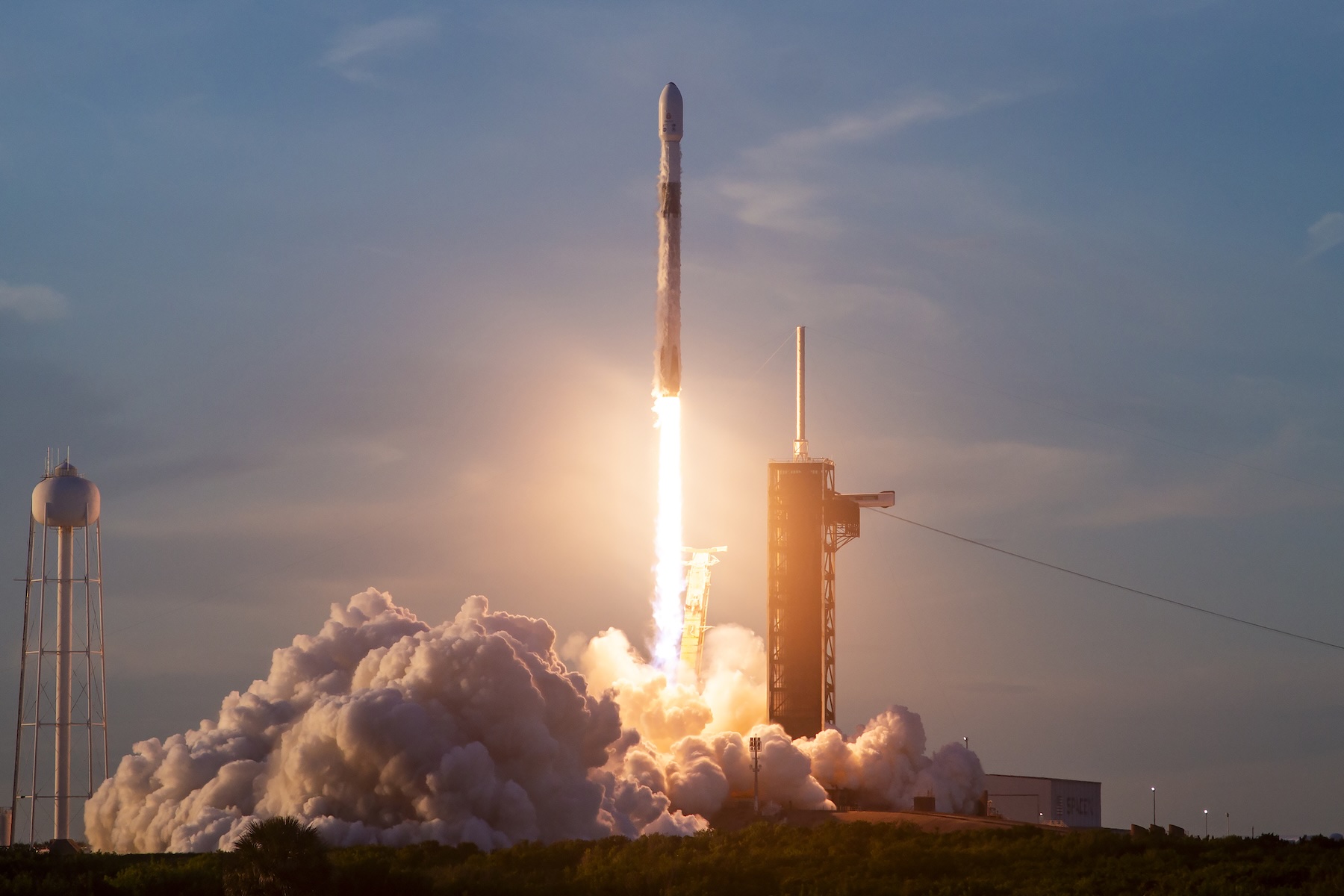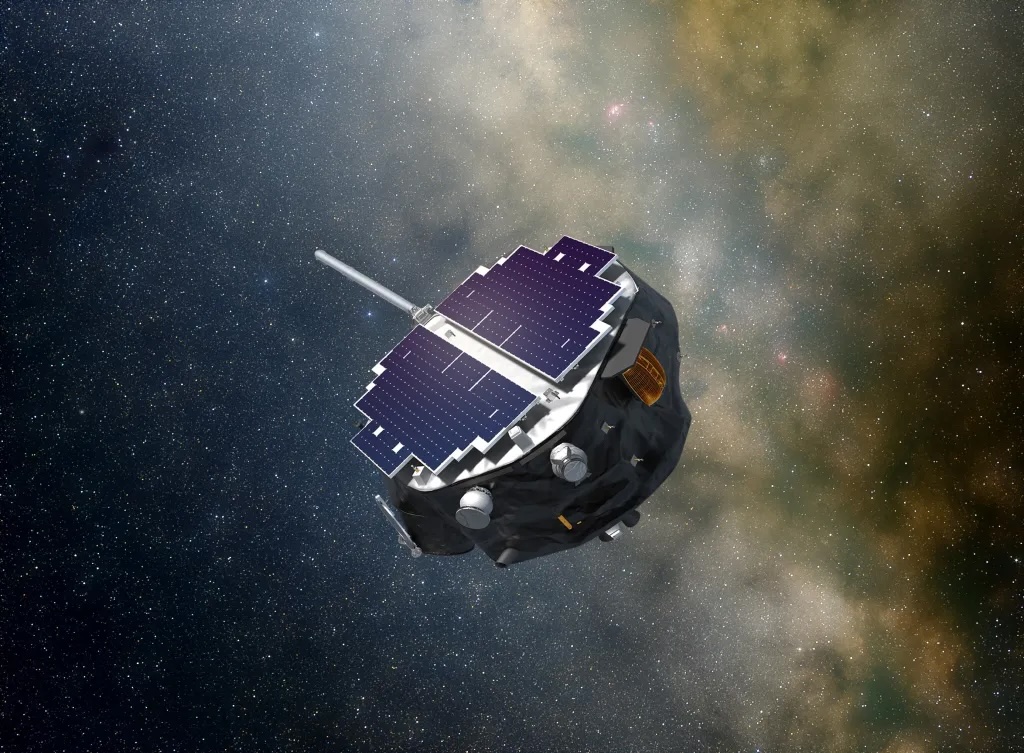World-famous primatologist Jane Goodall dead at 91

A sculpture of Jane Goodall and David Greybeard outside the Field Museum of Natural History in Chicago Credit: Geary/CC0
David Greybeard’s behavior also challenged the long-held assumption that chimpanzees were vegetarians. Goodall found that chimps would hunt and eat smaller primates like colobus monkeys as well, sometimes sharing the carcass with other troop members. She also recorded evidence of strong bonds between mothers and infants, altruism, compassion, and aggression and violence. For instance, dominant females would sometimes kill the infants of rival females, and from 1974 to 1978, there was a violent conflict between two communities of chimpanzees that became known as the Gombe Chimpanzee War.
Almost human
One of the more colorful chimps Goodall studied was named Frodo, who grew up to be an alpha male with a temperament very unlike his literary namesake. “As an infant, Frodo proved mischievous, disrupting Jane Goodall’s efforts to record data on mother-infant relationships by grabbing at her notebooks and binoculars,” anthropologist Michael Wilson of the University of Minnesota in Saint Paul recalled on his blog when Frodo died from renal failure in 2013. “As he grew older, Frodo developed a habit of throwing rocks, charging at, hitting, and knocking over human researchers and tourists.” Frodo attacked Wilson twice on Wilson’s first trip to Gombe, even beating Goodall herself in 1989, although he eventually lost his alpha status and “mellowed considerably” in his later years, per Wilson.
Goodall became so renowned around the world that she even featured in one of Gary Larson’s Far Side cartoons, in which two chimps are shown grooming when one finds a blonde hair on the other. “Conducting a little more ‘research’ with that Jane Goodall tramp?” the caption read. The JGI was not amused, sending Larson a letter (without Goodall’s knowledge) calling the cartoon an “atrocity,” but their objections were not shared by Goodall herself, who thought the cartoon was very funny when she heard of it. Goodall even wrote a preface to The Far Side Gallery 5. Larson, for his part, visited Goodall’s research facility in Tanzania in 1988, where he experienced Frodo’s alpha aggressiveness firsthand.

A young Jane Goodall in the field. Credit: YouTube/Jane Goodall Institute
Goodall founded the JGI in 1977 and authored more than 27 books, most notably My Friends, the Wild Chimpanzees (1967), In the Shadow of Man (1971), and Through a Window (1990). There was some initial controversy around her 2014 book Seeds of Hope, co-written with Gail Hudson, when portions were found to have been plagiarized from online sources; the publisher postponed publication so that Goodall could revise the book and add 57 pages of endnotes. (She blamed her “chaotic note-taking” for the issue.) National Geographic released a full-length documentary last year about her life’s work, drawing from over 100 hours of previously unseen archival footage.
World-famous primatologist Jane Goodall dead at 91 Read More »

